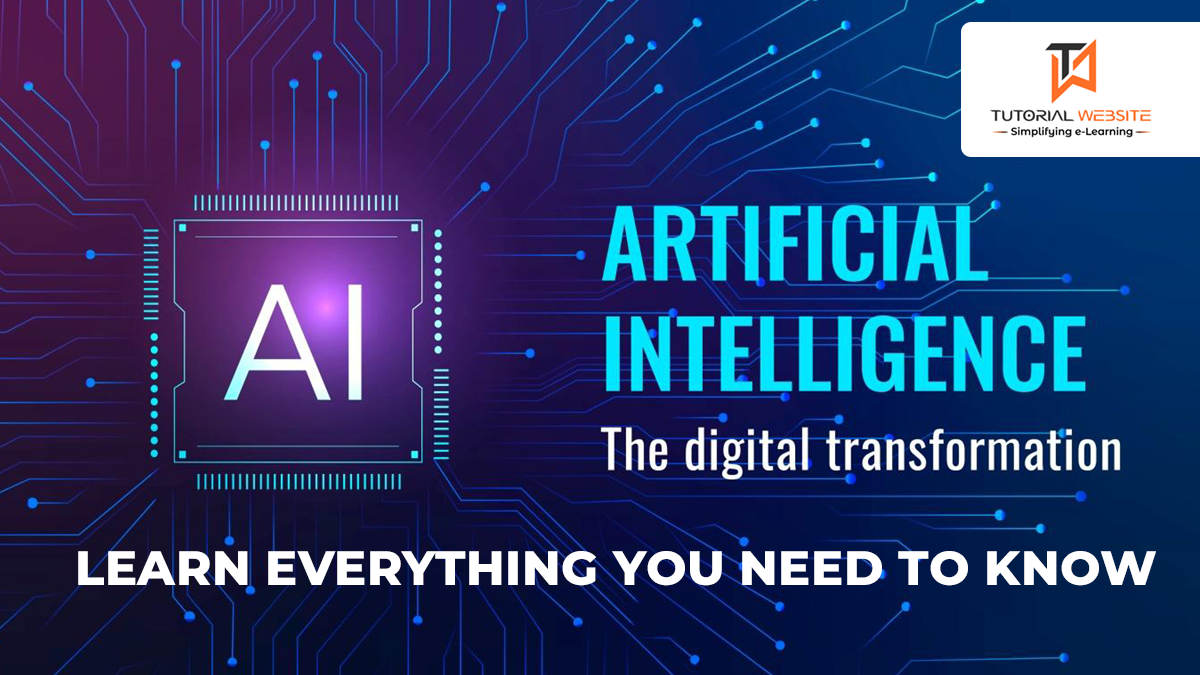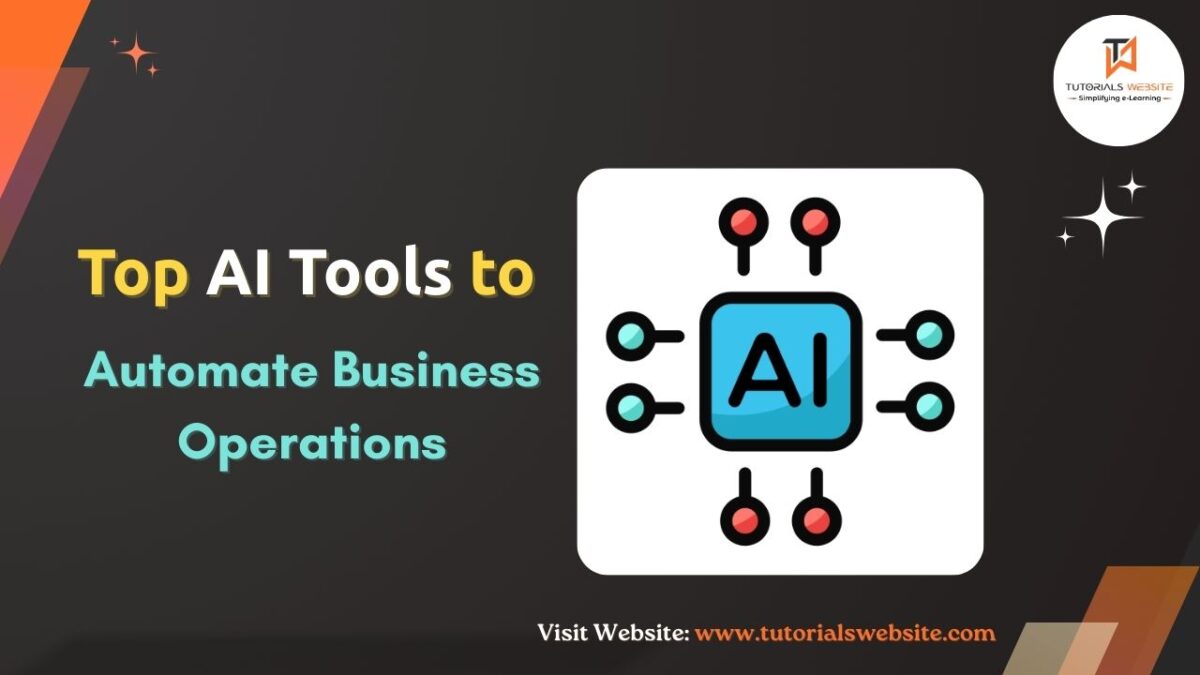Artificial Intelligence (AI) is a rapidly-growing area of technology that is transforming the way we live and work. It is capable of performing tasks that normally require human intelligence, such as visual perception, speech recognition, decision-making, and even creative problem-solving. AI has already infiltrated many aspects of our lives, from self-driving cars to facial recognition software. In this blog post, we’ll provide an overview of AI and explain the various applications, types, and challenges associated with it. We’ll also discuss the future of AI and how it may impact our lives in the years to come.
Suggested Read: How Will Technology Change the world in 2023
What is AI?
Artificial intelligence (AI) is a broad term used to describe computer systems that can learn, adapt, and respond to a range of inputs in ways that are similar to human behavior. AI comprises algorithms and processes that allow machines to carry out complex tasks, such as understanding language, recognizing objects, and making decisions. It is quickly becoming a game-changer in how businesses operate, how people interact with technology, and how humans perceive the world around them.
At its core, AI relies on data. By using large datasets and algorithms, AI can analyze huge amounts of data and learn from it, allowing it to identify patterns and draw conclusions. For instance, AI can be used to develop better healthcare solutions, make self-driving cars smarter, and create personalized shopping experiences. As technology advances, the possibilities for AI seem nearly limitless.
There are several types of AI. The most common are narrow or weak AI, which is used to perform specific tasks, and general or strong AI, which is capable of more complex functions. Narrow AI includes systems like facial recognition, natural language processing, and robotics, while strong AI is focused on more ambitious objectives such as artificial general intelligence (AGI).
AI is an incredibly powerful tool that can be used to automate mundane tasks, analyze data more efficiently, and develop new products and services. It has the potential to revolutionize entire industries and improve the lives of people all over the world.
The Benefits of AI
AI offers a number of potential benefits to businesses, consumers, and society at large.
First, AI can help businesses automate routine processes that would otherwise require a lot of manual effort. This saves time and money, allowing organizations to focus their resources on more important tasks. AI can also help optimize business operations by analyzing data more quickly and accurately than humans can. This helps organizations make more informed decisions and drive better results.
Second, AI can improve customer experience by personalizing services, increasing efficiency, and providing customers with more meaningful interactions. AI-powered chatbots, for instance, can provide round-the-clock customer service, freeing up employees to focus on more complex tasks.
Third, AI can be used to solve complex problems, such as climate change and global poverty. By analyzing large amounts of data, AI can identify trends and develop solutions that would otherwise be too complex for humans to identify.
Finally, AI can be used to create new products and services that benefit society. AI-powered voice assistants, for example, can simplify everyday tasks for people with disabilities or limited mobility.
In conclusion, the benefits of AI are numerous and wide-reaching. From improving customer experience to solving complex global problems, AI is transforming the way we live and work.
The Risks of AI
The concept of artificial intelligence (AI) has become increasingly popular in recent years, with more and more companies beginning to use AI technology in their operations. While this technology can certainly offer a lot of benefits, there are some potential risks associated with it as well.
One of the main risks of AI is the potential for it to cause job losses. As AI technology becomes more advanced, it could eventually become capable of taking over tasks that were traditionally done by human workers. This could lead to large-scale unemployment and could have a significant impact on the global economy.
Another risk is the potential for AI to be used for malicious purposes. AI technology is becoming increasingly powerful, and if it falls into the wrong hands it could be used to create cyber-attacks, manipulate data, and steal confidential information.
Finally, there is the potential for AI to create ethical dilemmas. AI systems are designed to learn from data, and this could lead to them making decisions that go against societal norms and ethical standards. For example, an AI system may come to the conclusion that it is better to deny medical care to certain people or groups, which would go against our moral code.
These risks should not be taken lightly, as they could have serious implications for the future of AI. It is important for businesses to understand these risks and take steps to mitigate them as much as possible. This includes investing in strong security measures and establishing ethical guidelines for how AI technology should be used.
How to Implement AI
AI implementation is a complex and nuanced process that requires significant planning, preparation, and execution. To successfully implement AI, you must understand the fundamentals of the technology, the types of AI systems available, and the specific use case that your business seeks to address.
1. Establish Clear Goals:
The first step in implementing AI is to establish clear goals. Before implementing any AI solution, you must determine what specific problems you are attempting to solve. For example, if you’re a retail company, you may want to use AI to improve customer service by anticipating customer needs.
2. Research Solutions:
Once you have identified the goals of your AI project, it’s time to research potential solutions. You should consider a range of different AI solutions and carefully evaluate their capabilities. It’s important to find a solution that fits the specific needs of your business and is designed to solve the problem you identified.
3. Develop a Roadmap:
Once you have chosen a solution, you must develop a roadmap for implementation. This roadmap should identify all stakeholders, timelines, and resources necessary for the successful implementation of your AI system. It’s important to account for any potential risks associated with the AI system and ensure all involved parties are fully informed about their roles in the project.
4. Assign Responsibilities:
When implementing an AI system, assigning clear responsibilities to key stakeholders is important. This ensures everyone involved understands their roles and is aware of any deadlines or expectations associated with the project.
5. Design an Effective User Experience:
Finally, it’s important to design an effective user experience when implementing an AI system. This means ensuring that users can interact with the system in an intuitive way and understand its functionality. A good user experience helps ensure users will continue to use the system and get the most out of it.
Implementing an AI system requires careful planning and consideration to ensure successful adoption and maximum ROI. By following these five steps, you can ensure that your AI implementation process is as efficient and successful as possible.
The Future of AI
The future of Artificial Intelligence (AI) is difficult to predict, but there are a few trends that are likely to play a major role in the development and adoption of AI. One trend is the growth of AI as a service, which will make it easier for businesses to access and use AI technologies. Another trend is the development of AI-powered software that can handle more complex tasks. Additionally, the use of AI for healthcare applications is expected to increase significantly in the near future. Finally, AI is being used in an increasing number of industries to create solutions that weren’t possible before.
The increased use of AI presents both opportunities and challenges. As AI continues to become more pervasive, the need for regulations, ethical guidelines, and safety protocols will become even more critical. Companies will also need to invest in data and machine learning infrastructure to ensure their products remain competitive.
Overall, the future of Artificial Intelligence is exciting and holds great promise for both businesses and consumers. As AI becomes more common, it will transform many aspects of our lives, from healthcare to transportation to financial services. It’s safe to say that AI is here to stay and will be integral to our future.
Also Read: Introducing Node 19: What’s New in the Latest Version?
Conclusion
Artificial intelligence (AI) has a lot of potential and can be beneficial to many aspects of our lives. However, it also has risks that should be taken into consideration before implementing it. There are many ways to implement AI, but it is important to consider the potential implications it could have for users and the environment. As AI technology continues to evolve, we will likely see more and more applications for AI in our everyday lives. Businesses and individuals need to stay up-to-date on the latest developments in the field and understand how AI can be used responsibly.
My name is William Shakes and I’m a business strategist who specializes in sales, outreach, and marketing strategies for businesses of all sizes, currently working at AverickMedia one of the leading providers of b2b data. I have a deep understanding of what it takes to drive success and have an extensive network of industry experts that I can draw upon when needed.






[…] Everything You Need to Know About Artificial Intelligence […]